International
A Colombian woman researches the benefits of being bilingual
Vanessa Diaz is a Colombian woman who migrated to Miami when she was 12 years old. She is now a psychologist, with a PhD in Developmental Psychology, and who works at Virginia Tech. Vanessa studies and researches language development. And she focuses on bilingual children in the United States.
Diaz spent her childhood in Miami and was surrounded by the Latino community. So her transition was more smooth. However, she underwent a radical change when she moved to Gainesville to pursue her doctorate in child psychology and neuroscience at Virginia Tech. “This was the first time I experienced discrimination. Many people criticized my accent and thought I had not lived in the United States,” she said.
This experience prompted Vanessa to pursue a research on children and how being bilingual affects them. To her surprise, she discovered that there is actually a negative stereotype about children who speak two languages.
“Many people assume that bilingual children are speech delayed, when they really need particular support. In language development, children have limited capacity. At one and a half years of age, they can speak 50 words. If you give this child an English language test, he will only know 25 words because he knows the other 25 words in Spanish. Then, someone will immediately say that he or she has a delay. But they don’t. And that shows that there is no understanding of what bilingualism is, and it has become a pathological condition,” she said.
There are cognitive benefits to being bilingual. It makes it much easier for a person to learn other languages. And it also makes you more open-minded. “The second language is the most difficult. Then learning another one becomes quite easy,” the scientist explained.
She has also studied the concept of the mind and how bilingual children and adults develop it in a more advanced way compared to someone who speaks only one language. People who speak different languages have different cultures and depending on the culture, there is a different way of thinking. Therefore, they are more receptive to knowledge and learning.
Sources: Planet Boston Latino Daily and Connections.
International
Rubio rules out 2028 presidential bid if Vance runs
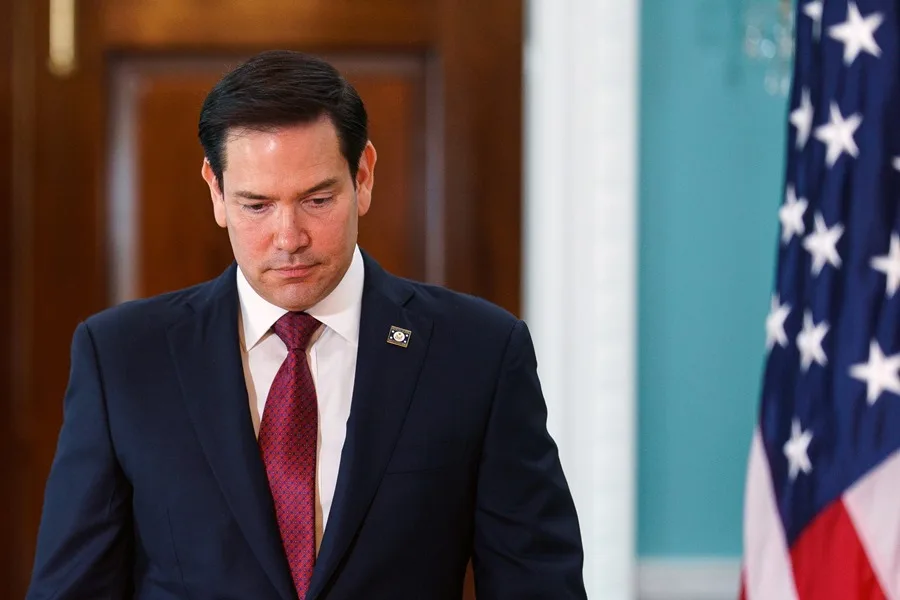
U.S. Secretary of State Marco Rubio said he would not seek the presidency in 2028 if current Vice President JD Vancedecides to run as the Republican nominee to succeed President Donald Trump.
“If JD Vance runs for president, he will be our candidate, and I will be one of the first people to support him,” Rubio said in an interview with Vanity Fair, in which he appeared alongside other senior members of the presidential cabinet.
Rubio, 54, and Vance, 41, are widely viewed as two of the leading Republican figures who could headline the party’s ticket in the 2028 election. Under the U.S. Constitution, Trump is barred from seeking another term after completing two presidential mandates.
In a lighthearted moment during the interview, Vance jokingly offered photographers $1,000 if they managed to make him look better than Rubio in the photos. Both leaders have received public backing from Trump, who last October floated the idea of a joint ticket featuring Rubio and Vance, without clarifying who would lead it.
“I think that if they ever teamed up, they would be unstoppable. I don’t think anyone would run against us,” Trump said at the time.
White House Chief of Staff Susie Wiles, who also took part in the interview, confirmed that Trump does not intend to violate the 22nd Amendment, which prohibits a third presidential term, though she acknowledged that the president is “having fun” with speculation about a possible return to office.
Rubio, the son of Cuban immigrants, served as a Republican senator from 2010 to 2025. He sought the party’s presidential nomination in 2016 but was defeated by Trump after a bruising primary contest. His name was floated as a potential vice presidential pick in 2024, but Vance ultimately secured the spot. After taking office, Trump appointed Rubio as secretary of state, making him the first Latino to hold the position.
International
Authorities search for armed and dangerous suspect in fatal Brown University attack
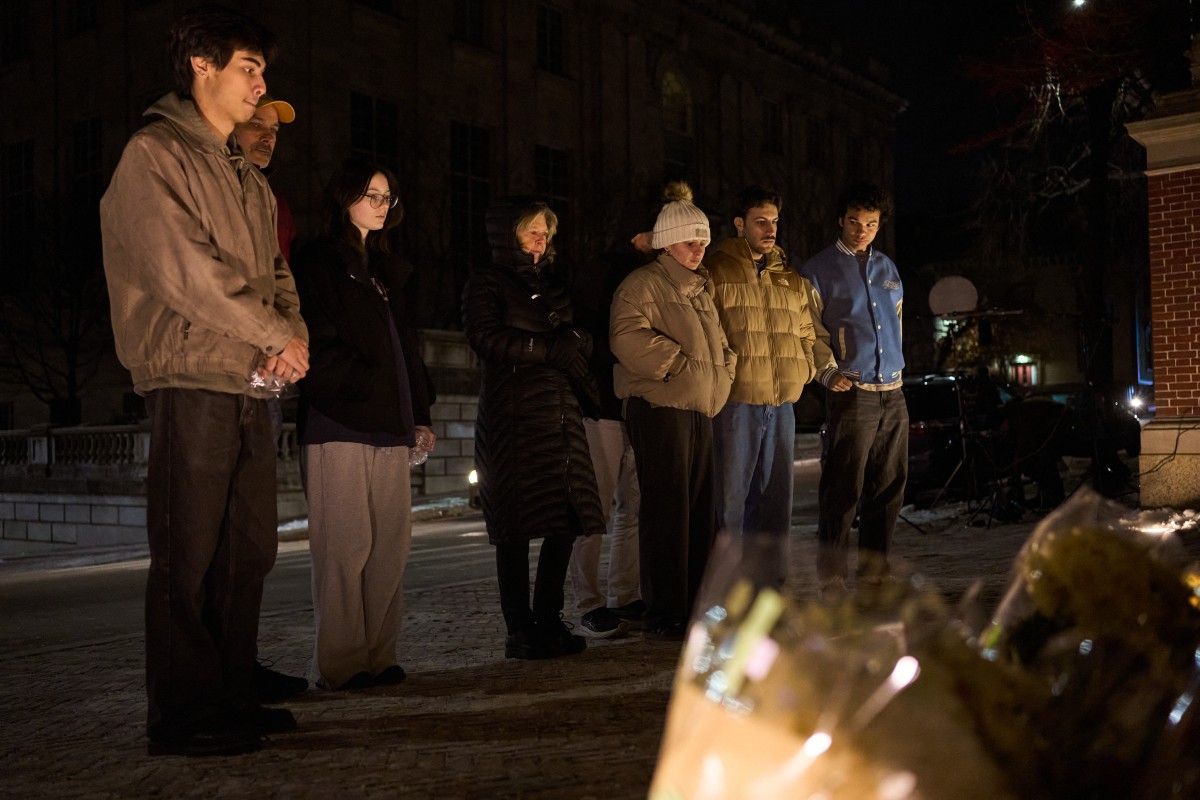
According to the statement, investigators are “seeking the public’s help to identify and speak with an individual” who was seen “near” the suspect at the time of the attack.
The Providence Police Department in Rhode Island released three photos of the person of interest, whose face has been blurred. In the images, the individual is wearing navy blue clothing, what appears to be a green hood, and carrying a light-colored backpack.
Earlier, authorities had released several photos and videos of a suspect described as “approximately 5 feet 8 inches tall, with a stocky build,” dressed in dark clothing, with their face covered by a surgical mask and wearing a beanie. The suspect’s identity remains unknown.
Authorities are offering a $50,000 reward for any information leading to the identification, arrest, and conviction of the person responsible for the killings, who is considered armed and dangerous.
The gunman opened fire on Saturday at Brown University’s engineering and physics building, where exams were being held, killing students Ella Cook and Mukhammad Aziz Umurzokov. The names of the nine people injured have not been released.
International
Police investigate deaths of Rob Reiner and wife as apparent homicide
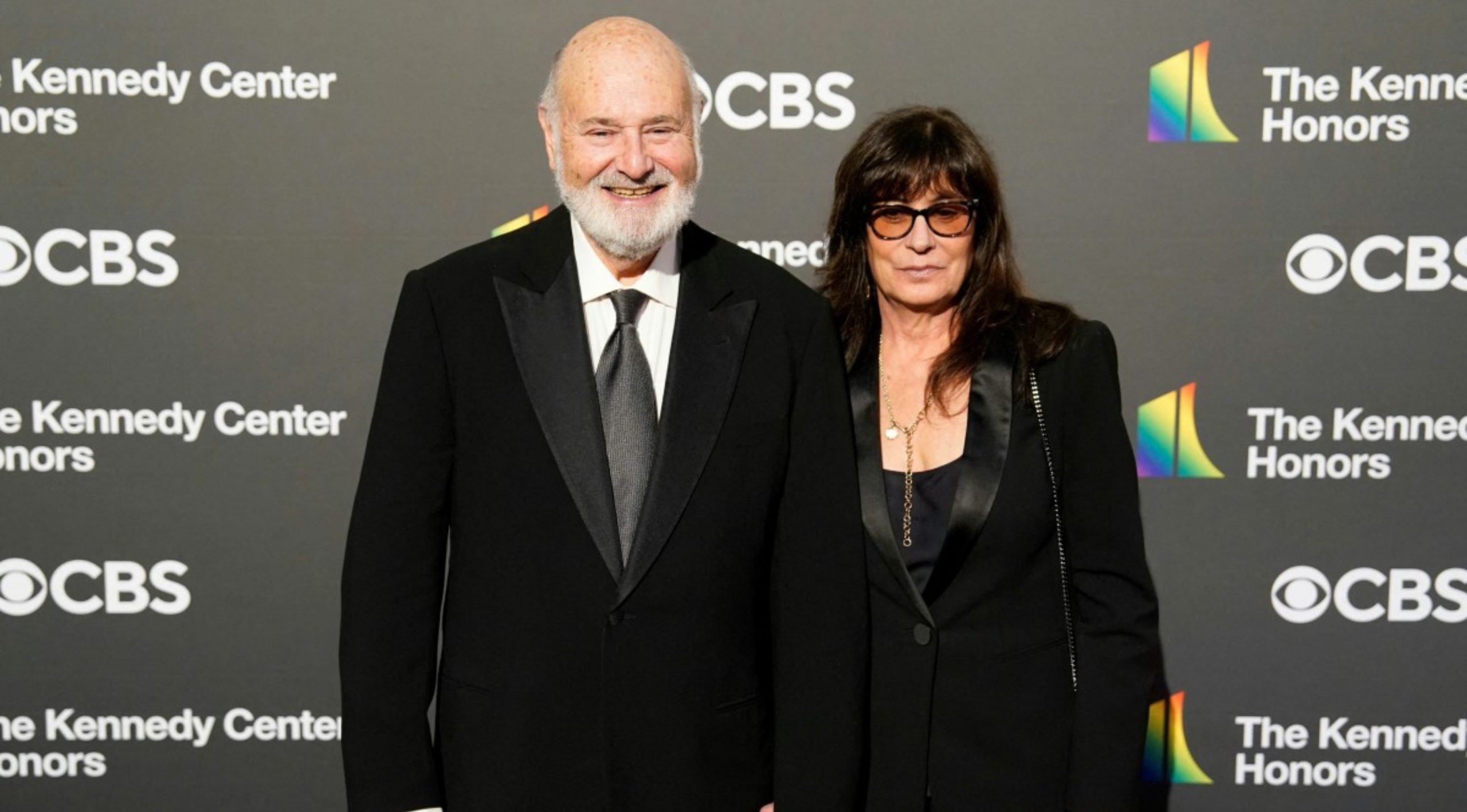
The Los Angeles Police Department (LAPD) is investigating the deaths of Hollywood actor and filmmaker Rob Reinerand his wife as an “apparent homicide,” amid a wave of tributes to the director of classics such as When Harry Met Sally.
According to U.S. media reports on Sunday, Rob Reiner and Michele Singer Reiner were found dead at their Los Angeles mansion with what appeared to be stab wounds.
Several political figures shared messages of condolence following the reported deaths of the director of A Few Good Menand his wife.
While the LAPD did not officially confirm the identities of the victims, it stated that homicide detectives were dispatched to the Reiner residence.
“At this time, no additional details are available and the investigation into an apparent homicide is ongoing,” the Los Angeles Police Department said in a statement posted on social media.
LAPD Deputy Chief Alan Hamilton told reporters that no arrests have been made and that no individuals are currently being questioned as suspects.
“I’m not going to confirm whether anyone is being questioned at this moment or not. We are going to try to speak with as many family members as we can,” Hamilton said.
CNN reported that a family spokesperson confirmed the deaths of Reiner and his wife.
California Governor Gavin Newsom, former U.S. President Barack Obama, and former Vice President Kamala Harrisissued statements expressing their condolences.
-

 Central America3 days ago
Central America3 days agoPanama seizes over three tons of drugs hidden in Caribbean port container
-

 International2 days ago
International2 days agoPolice investigate deaths of Rob Reiner and wife as apparent homicide
-

 International4 days ago
International4 days agoSeveral people shot in attack on Brown University campus
-

 Central America2 days ago
Central America2 days agoOAS urges swift recount in Honduras as election results remain uncertain
-
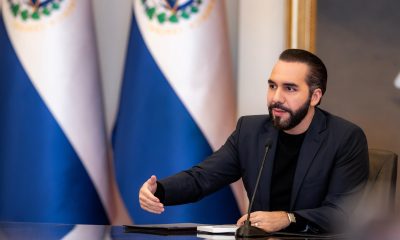
 Central America1 day ago
Central America1 day agoBukele says AI partnership with xAI will transform public education in El Salvador
-

 Central America1 day ago
Central America1 day agoEl Salvador ranks among top countries in the Americas in fight against organized crime
-

 International4 days ago
International4 days agoU.S. and Mexico Reach Deal to Address Water Deficit Under 1944 Treaty
-
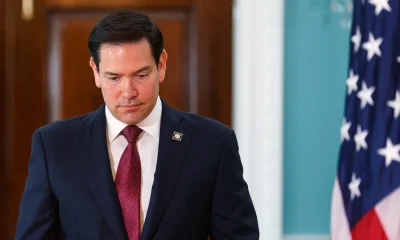
 International5 hours ago
International5 hours agoRubio rules out 2028 presidential bid if Vance runs
-

 Central America5 hours ago
Central America5 hours agoArrests and clashes in Tegucigalpa as vote count continues after Honduras election
-
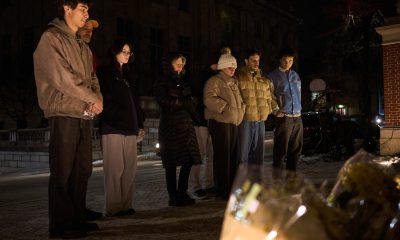
 International5 hours ago
International5 hours agoAuthorities search for armed and dangerous suspect in fatal Brown University attack


























